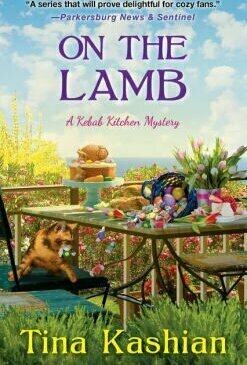The Wrath of Capital: Neoliberalism and Climate Change Politics
Book
Although climate change has become the dominant concern of the twenty-first century, global powers...
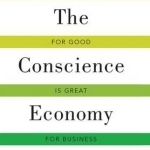
The Conscience Economy: How a Mass Movement for Good is Great for Business
Book
A generation of people around the world, from Boston to Bangkok, from New York to New Delhi, are...

The Trainer's Handbook
Book
A ready-to-use toolkit for delivering high-value training in any scenario The Trainer's Handbook is...
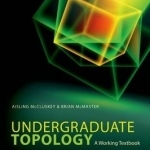
Undergraduate Topology: A Working Textbook
Aisling McCluskey and Brian McMaster
Book
This textbook offers an accessible, modern introduction at undergraduate level to an area known...

Learn to Program with C: 2015
Book
This book teaches computer programming to the complete beginner using the native C language. As...
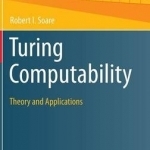
Turing Computability: Theory and Applications: 2016
Book
Turing's famous 1936 paper introduced a formal definition of a computing machine, a Turing machine....
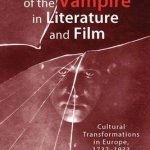
Metamorphoses of the Vampire in Literature and Film: Cultural Transformations in Europe, 1732-1933
Book
For the last three hundred years, fictions of the vampire have fed off anxieties about cultural...
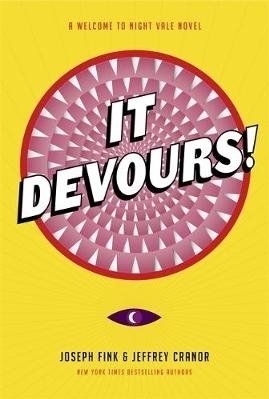
It Devours!: A Night Vale Novel
Joseph Fink and Jeffrey Cranor
Book
A new page-turning mystery about science, faith, love and belonging, set in a friendly desert...
Fiction

The AHA! Factor: How to Use Your Intuition to Get What You Desire and Deserve
Book
What if the answers to your prayers are closer than you think? Do you keep asking, but feel your...
Mark @ Carstairs Considers (2460 KP) rated On the Lamb in Books
Mar 16, 2021
It had been a while since I read the previous book in the series, but it wasn’t long before I was caught up with Lucy and the rest of the cast again. I was happy to see relationships and characters continuing to grow. The mystery is good, with several viable suspects and plenty of secrets for Lucy to uncover. The climax was logical and suspenseful. I did have some problems with logic in other places, like character’s ages. I can make it work, but it would have been nice having things like that actually spelled out for us. I would love to visit Ocean Crest if it were real. Even at the down time of Spring, when this book is set, it sounds like a fun town. We get another three delicious sounding recipes at the end of the book. If you’ve enjoyed the previous entries in the series, you’ll be happy you to catch up with Lucy and the gang again here.

